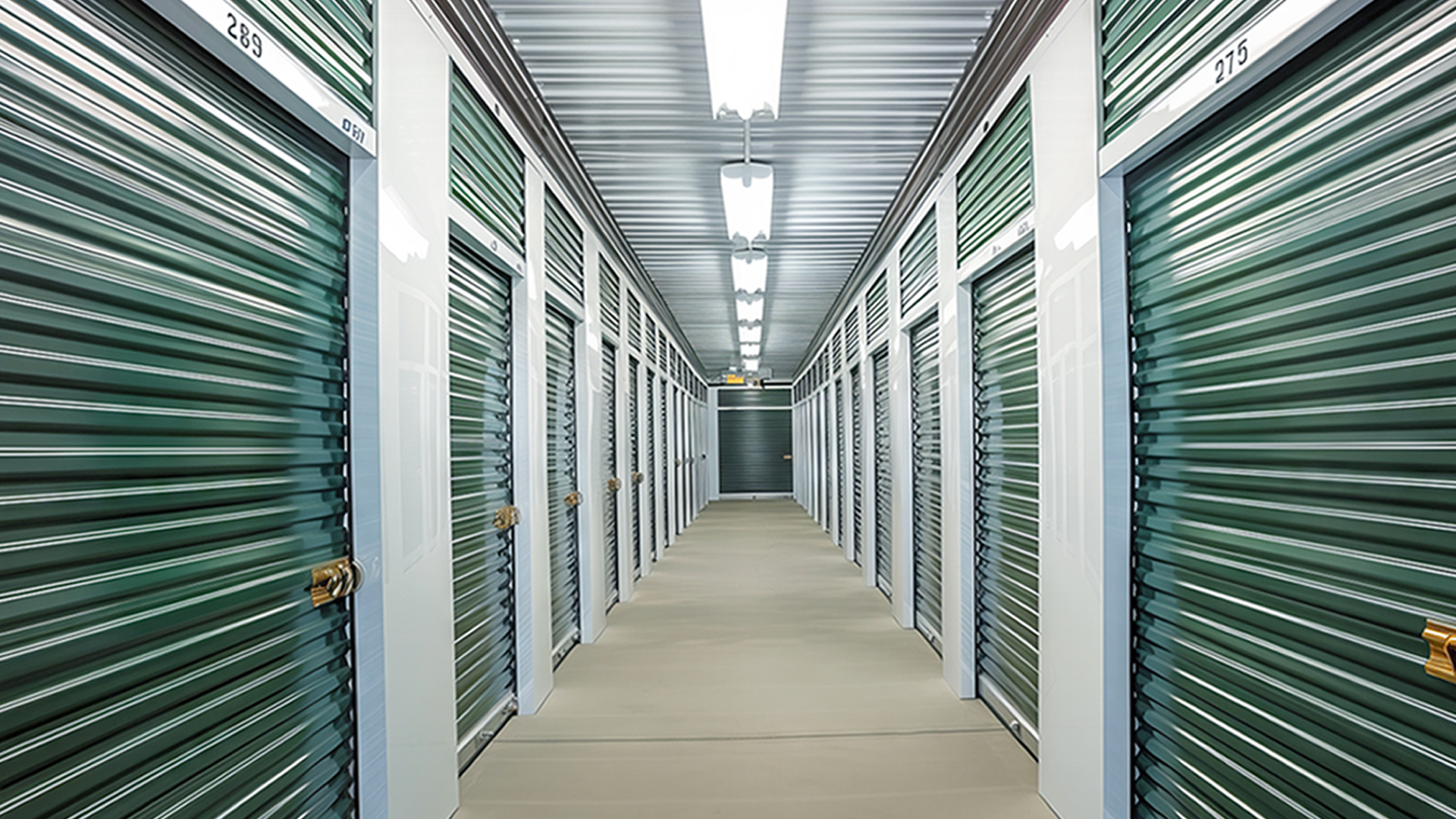By Joel Nelson on April 7, 2025 in Matrix

The U.S. self storage industry’s dynamic landscape was the focus of a recent Yardi Matrix self storage industry update by Jeff Adler, vice president, and Tyson Huebner, director of research.
The sector is emerging from two challenging years of declining rent, occupancy and revenue stemming from weak housing demand. But signs indicate that some supply and occupancy conditions are bottoming out.
For example, although self storage transactions declined last year compared with 2023, activity in the second half of 2024 outpaced the same period in 2023 by 50%, generating momentum that is going to carry into 2025.
“There’s a lot of capital out there available for self storage, and some large funds have been raised.” Meanwhile, year-over-year advertised rent rates improved from -4.2% in June 2024 to -1.2% in January.
Real estate investment trusts involved in the sector have experienced pressures from increased property taxes, insurance and marketing costs. “Most of these companies believe that occupancy is bottoming out, or is at least stabilizing, which should give them more pricing power in 2025,” Huebner said.
Absorption of supply faces resistance from demographic factors such as population growth, which measured 0.4% in 2024, down from about 1% at the turn of the century, and an anticipated reduced level of immigration. The U.S. Census Bureau and the Congressional Budget Office both project a continued drop in population growth, which will create “less demand for storage over the next few decades than in decades past,” Huebner said.
“Many of the markets that have struggled the most with new supply in the past year will continue to struggle as their inventory grows. These are the same markets that rely on migration and population growth to absorb that new supply,” he added.
Reasons for both concern & optimism
Only one in 13 Americans moved homes in 2023, an all-time low, and home sales as a percent of households dropped to a 30-year low in 2024. This represents and additional challenge to self storage operators whose demand relies on the steady movement of people. Other unknowns as 2025 plays out include the impact the deflationary components, such as deregulation and reduced government spending, and inflationary elements such as upward pressure on wages from reduced immigration. The potential impact of tariffs on the cost of housing construction materials produces additional uncertainty.
On the other hand, Huebner said, “There are a number of slower-growth markets that have already seen a modest turnaround in performance, and a number of markets that have seen supply sharply reduce, leading to recent rent growth.”
View a webinar recording for the full self storage industry update from Adler and Huebner.


